January 19, 2019
Tuesday was pasta day. Wednesday was bread day. This being Calabria, seafood was included on both days.
On Thursday, January 17th, we did a bit of food production in the morning then cooking demonstrations in the afternoon. It appears that we will do much more hands-on cooking in the coming weeks.
On the morning of the 17th we split into two groups . One group made pasta and the other made bread. Given the amount of bread and pasta we consume as a group this is going to be a regular occurrence.
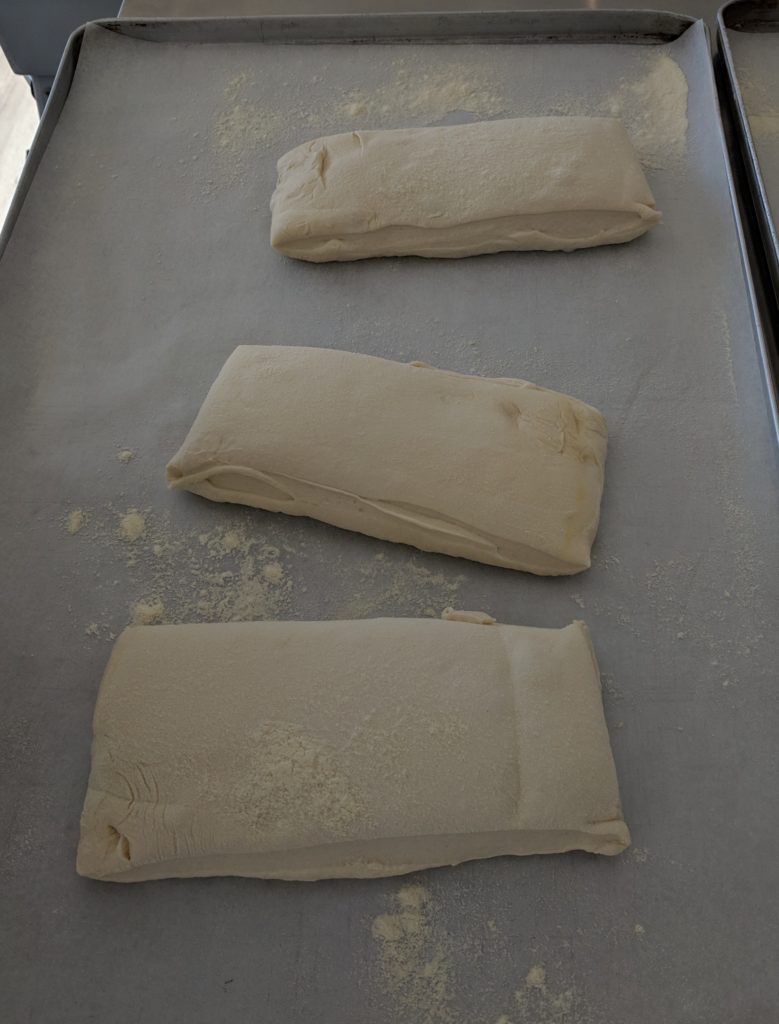
Although I feel that I have a lot to learn about making both pasta and bread, I chose pasta because I feel less confident in making it than I do bread. Jumping right in seemed like the best way to tackle my uncertainty.
Most people in the pasta group were told to make plain pasta. Two of us were told to make pasta with orange zest and two with truffles.
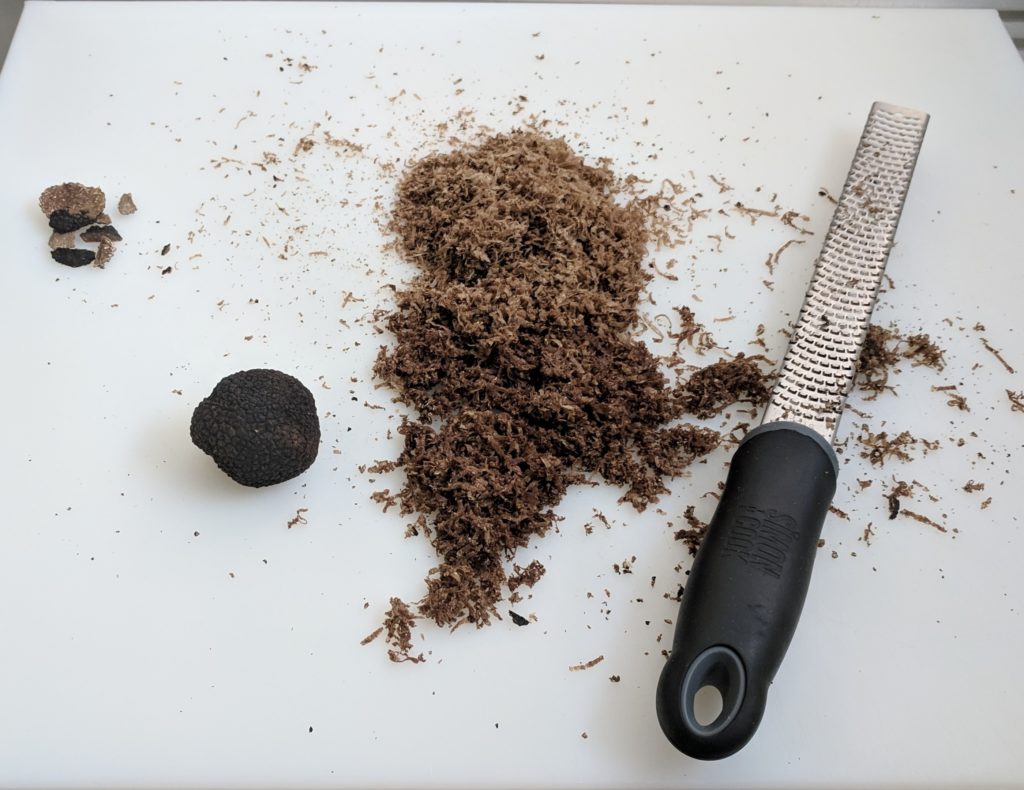
I made a batch (about 14 ounces) of plain egg pasta. It was supposed to be truffle pasta but there were no directions given about when to put the truffles in. Besides, the truffles weren’t even out. Before I started making pasta I had to cut a mess of carrots into brunoise—about 1/8 inch dice—so I was coming to pasta-making late in the game and assumed the lack of truffles meant that they went in at the end. So, I just went ahead and made the pasta assuming that if truffles needed to be added first they would have been provided. I figured I would add the shaved truffles at the end. Duh! Pasta dough is pretty firm so I should have realized that this wouldn’t work.
The pasta dough came together quite well. The whole process was easier than when I did it two days previously, which seemed like a win to me even though it wasn’t the truffle pasta it was supposed to be. Armed with instructions this time, I set about making a second batch with the truffles mixed into the flour at the beginning. I absently mindedly started adding the eggs to the flour before adding the truffles then stopped myself. Chef just scooped some of the flour out of the bowl and told me to mix the truffles into that then put it back in the original bowl and continue.
While I was grating truffles on a Microplane, with my back turned, someone decided to grab my bowl of flour and use it to dust the table where they were rolling out pasta. That should never have happened as the school insists on using coarser semolina for dusting work surfaces, not finely ground flour. Besides, the flour was on my table.
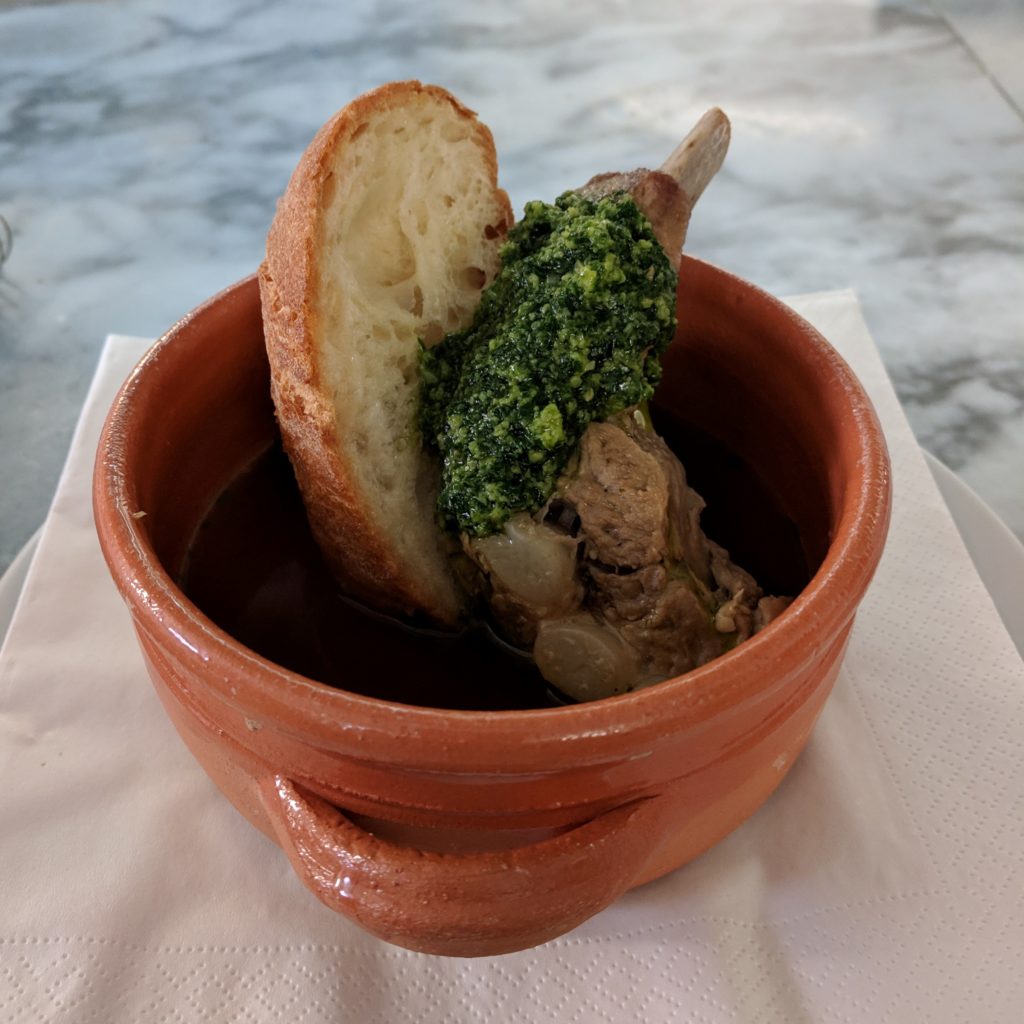
There’s no way to recover from this since the flour needs to be weighed out precisely so that batch of pasta went in the trash!
I repeated the process a third time and got it right! I cleaned up my station while the pasta was resting then rolled and cut a sample for chef to taste at his request. The instructions I received were to bring a little salted water to the boil, cook the pasta and give it to him. The only other batch of student-made pasta that got tested was cooked personally by Chef.
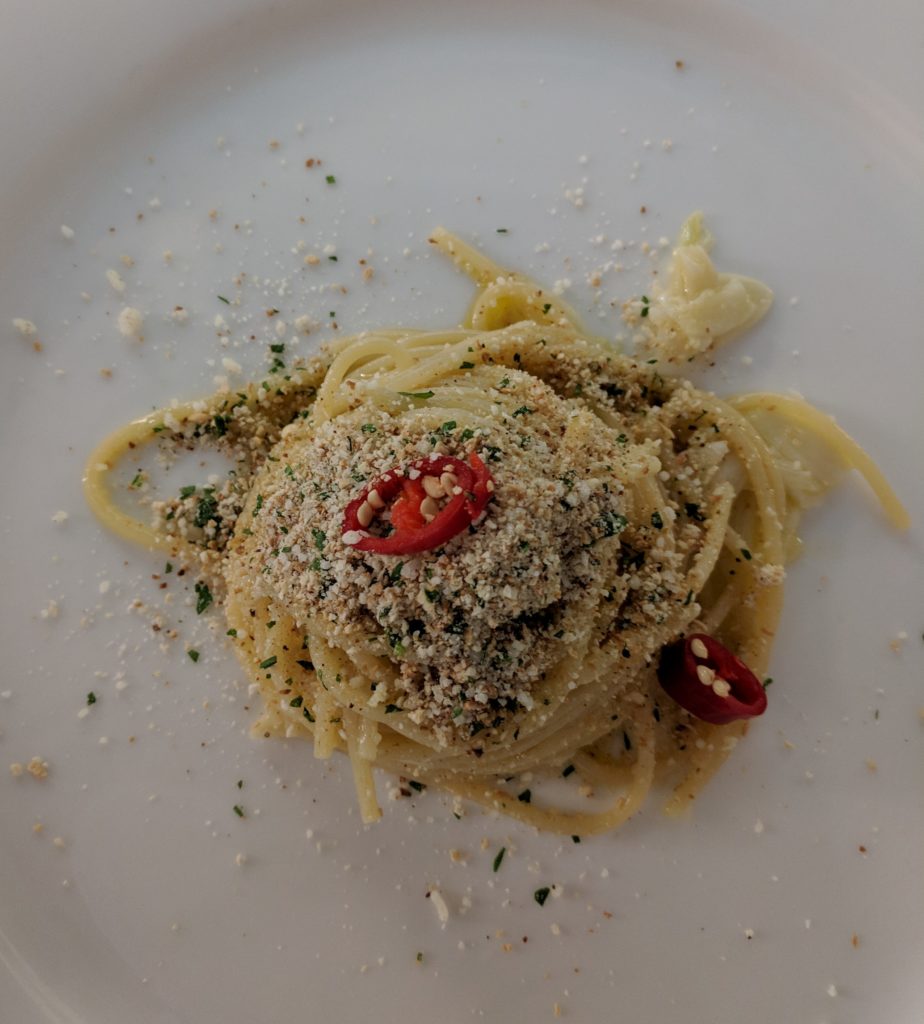
I cooked a few mouthfuls of pasta, tossed it with extra-virgin olive oil and a dash of pepper and gave it to him. The texture was perfect but the final product was too salty. It gnawed at me all day because I cook pasta about five times per week and never over-salt it. I chalked it up to using a very small quantity of water and not eyeballing the salt correctly. Later, however, I looked at the ingredients of the fresh pasta that I make at home as well as the brand of dry pasta that I use most frequently. The fresh pasta has about 1/6 the salt of the school’s recipe. The dry pasta has no salt. My salted water compensates for this paucity of salt. Clearly, I will need to use much less salt when making pasta using the school’s recipe.
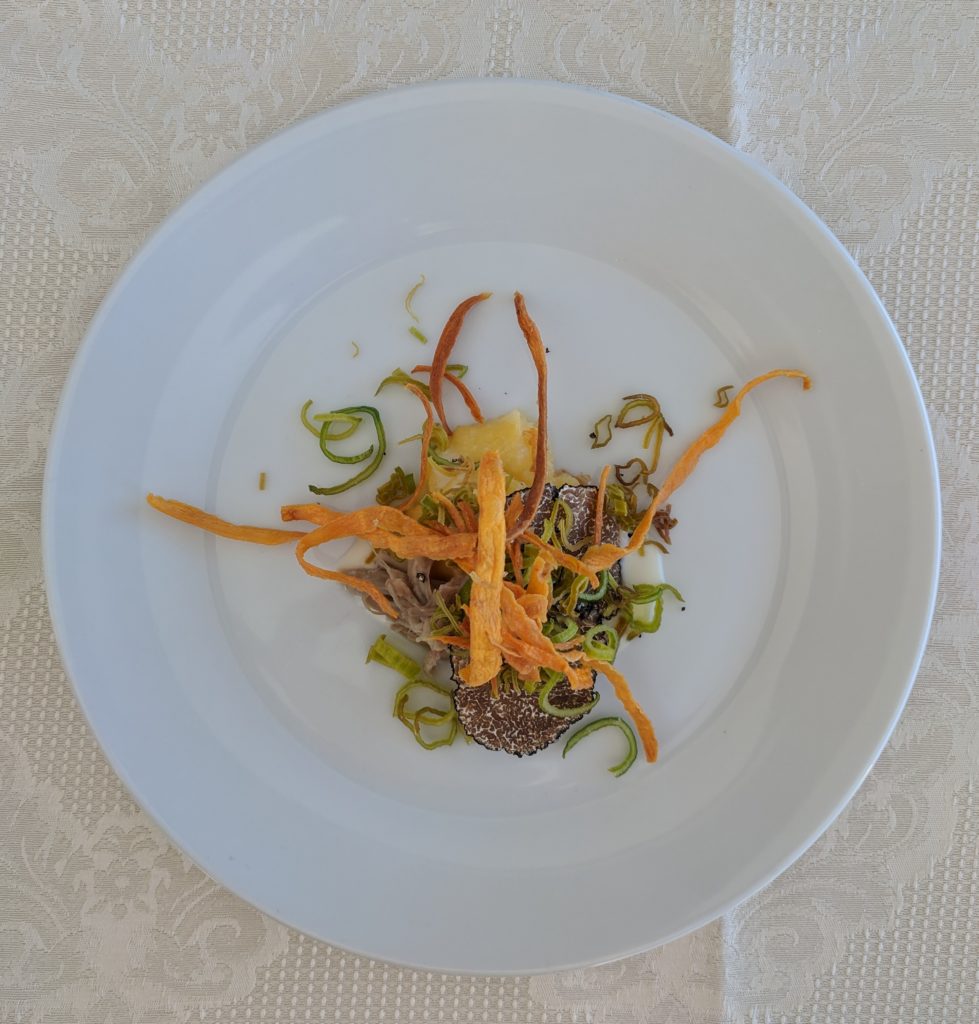
Cutting the pasta was interesting. It was rolled using a manual pasta machine. Chef wanted it to be rolled on the finest setting, which is almost thin enough to see through. He then wanted it cut on the wider setting of a chitarra. I had heard about, but never used, a chitarra.
Chitarra means guitar in Italian. The device is a wooden frame strung with real guitar strings. Most modern ones are strung for two different widths depending on which side of the device is used.
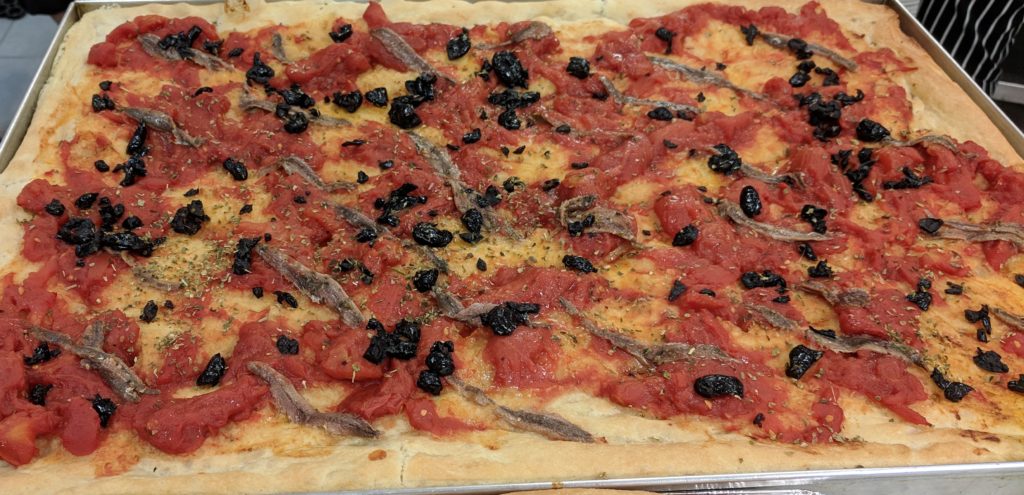
One lays the pasta sheet on top of the strings and rolls, carefully, with a rolling pin to cut through the pasta sheet. It’s really nifty. I think it’s a lot more fun than cutting the pasta with a pasta machine.
Chef also insists that long pasta, such as the tagliatelle I was making, be cut to “regulation” size. Regulation size is 25 centimeters, or just under 10 inches. After sectioning a sheet of pasta, any piece not regulation size is made into something else like maltagliati, literally “badly cut” pasta.
The afternoon was crammed full of Chef demonstrating different dishes, sometimes three at a time!
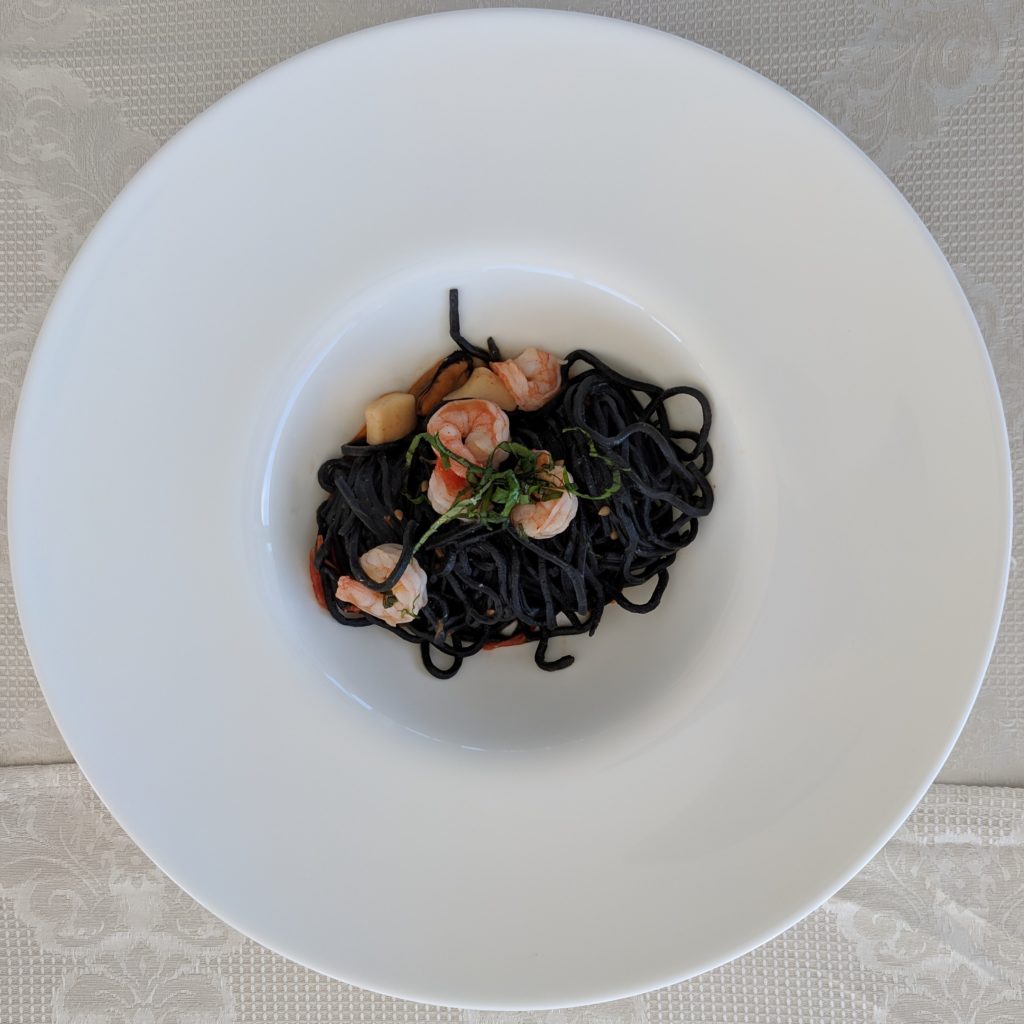
That afternoon saw the preparation of the following dishes. Asterisks (*) mean we also ate the dish.
- *Smoked sweet peppers (used for a salsina)
- Duck bacon (the initial stages)
- *Parsley oil
- *Pan-seared orate (a type of sea bass) served on a bed of potato puree with smoked pepper salsina and parsley oil
- *Crispy chicken skin (like chicharrones made with chicken skin)
- Panzanella
- Caponata
- *Spaghetti Aglio e Olio
- Mackerel cooked in vinegar and water with onions (Sgombro)
- *Roasted eggplant spread
- Reduced chicken stock (similar to chicken demi-glace)
- Octopus to be cooked sous vide
- Marinated pork fillet
- Bagna cauda
To tide us over to dinner we had grilled cheese (fontina) sandwiches with porcini mushrooms topped with mayonnaise and some crispy chicken skin.
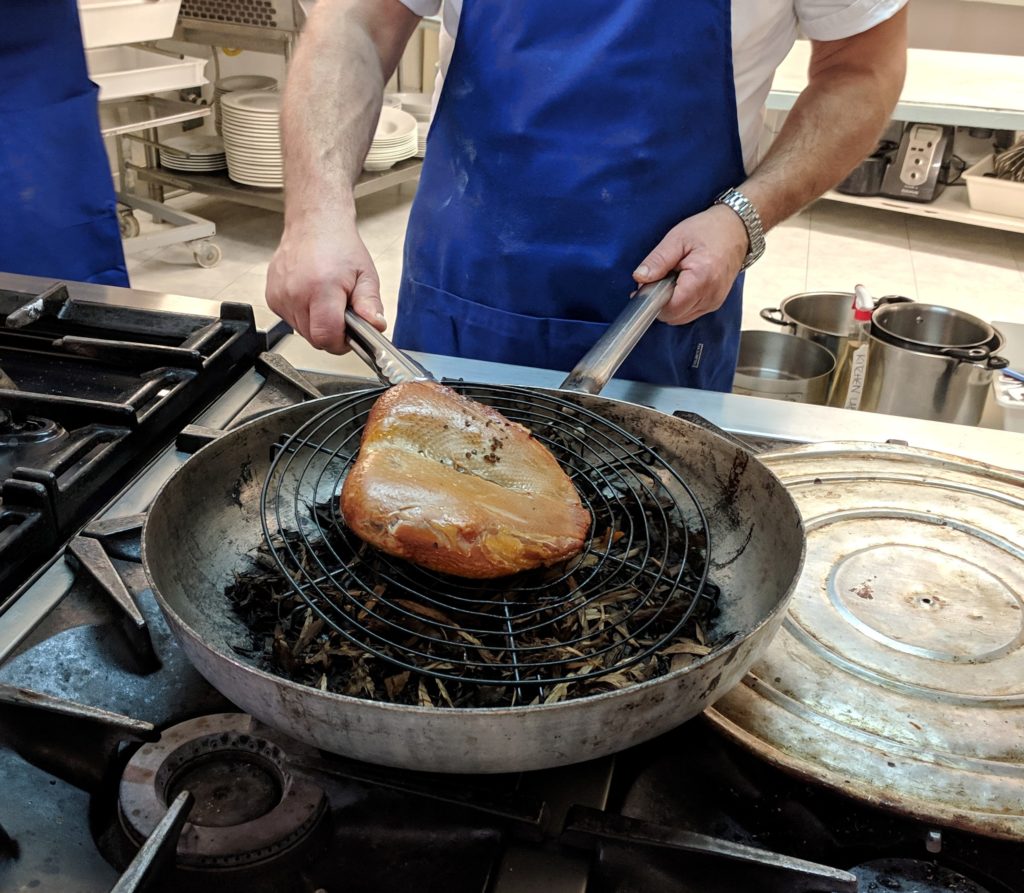
We ended the day with a trip to MOPS a brasserie and birrateca in Catanzaro Lido for Apericena. The word apericena is a mash up of aperitivo (aperitif) and cena (dinner). At an apericena you buy your drinks but food comes out, usually in smaller portions, from which one can make dinner. I had Jack Daniels for €5 a shot. Not a bad price! Later in the evening I heard from Chef Juan that they have some very good bourbons. They’re on my list for next time. This is clearly a place to return to!
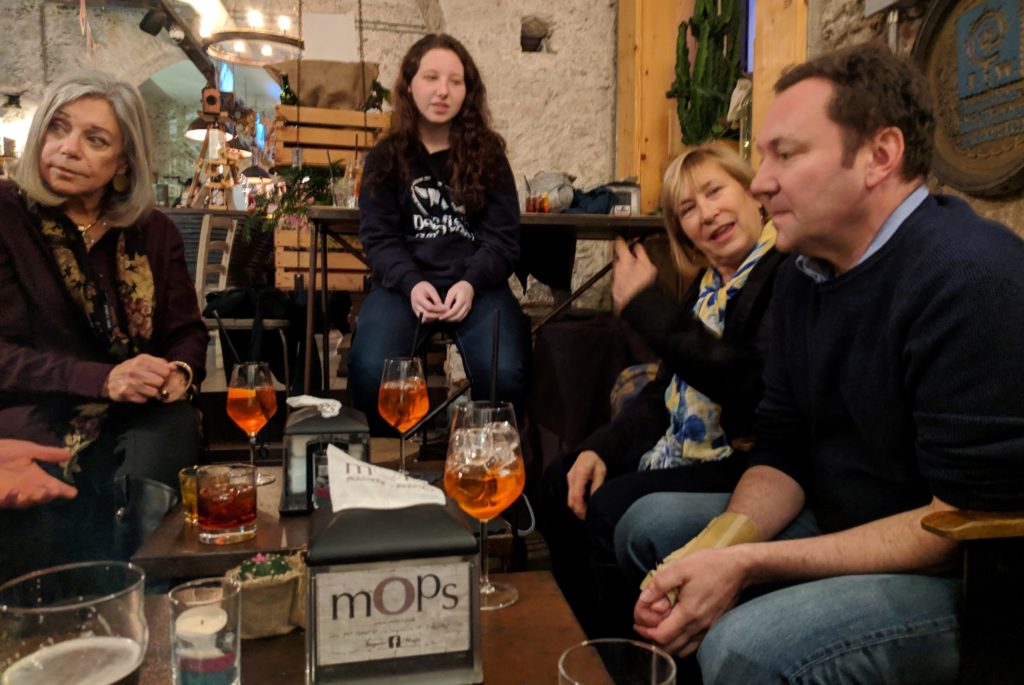
For those of you who are following the food that is made and consumed each day, here’s the rundown of what we and/or Chef made and ate (*) on January 15th:
- Northern Italian pasta dough made into:
- Tagliolini
- Tagliatelle
- Farfalle
- Croxetti
- *Fornarina
- Tortellini
- Agnolotti
- Capeletti
- Northern Italian spinach pasta dough
- Northern Italian beet pasta dough
- Chlorophyll extracted from spinach for coloring food
- Meat stuffing for pasta
- Ricotta stuffing for pasta
- Mussels to be put into pasta the next day
- *Gnocchi Napoli with tomato sauce, baked and topped with fiore di latte, basil and garlic oil
- Salsa Napoli
- Individual lasagna made in ramekins:
- Seafood
- Lamb ragu and wild artichokes
- Bolognese
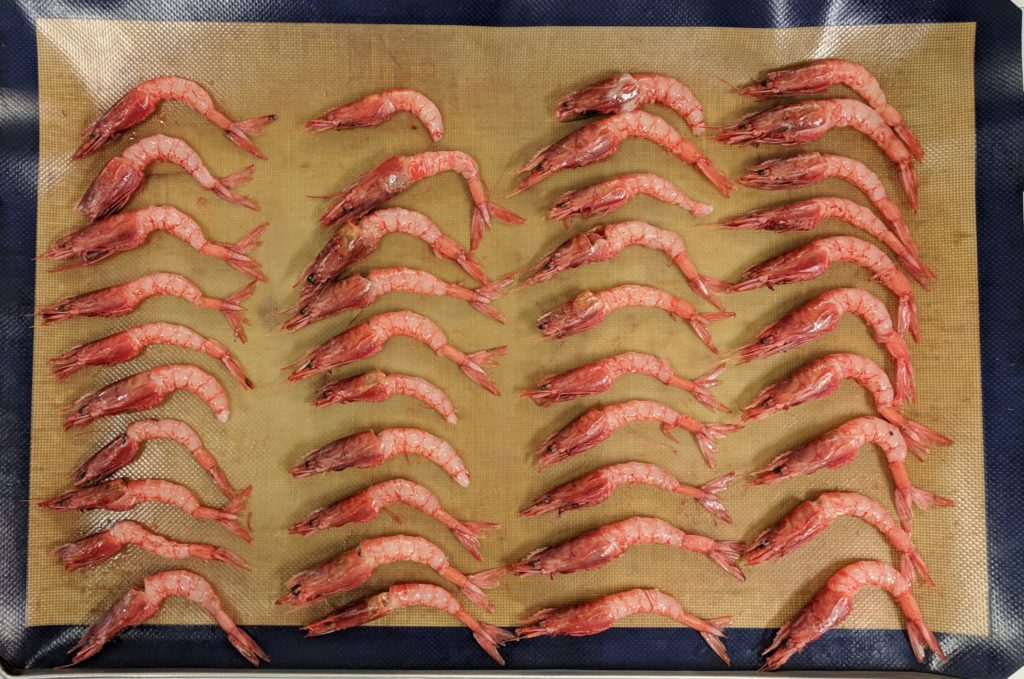
Here’s what we made and/or ate (*) on January 16th:
- Garganelli
- Specialty rolls:
- *Cuttlefish ink
- Walnut and raisin
- *Sausage and sweet pepper
- Pasta alla chitarra
- Focaccia
- Plain
- Pepperoncino
- Rosemary
- Garlic
- Pugliese (topped with crushed tomatoes, anchovies, black olives and oregano)
- Stuffed with tomatoes, anchovies, black olives and oregano
- Cibatta
- Plain
- Whole wheat
- Honey bread
- Biga (a starter for yeast-raised products)
- *Pasta al Scoglio (Pasta from the reef) made with previously prepared mussels and cuttlefish with shrimp added and the cuttlefish ink pasta we made previously
For lunch we were served polenta with pulled braised pork, Parmesan fonduta, black truffle and crispy fried carrots and leeks followed by fish poached in fish stock with chlorophyll (to make it green) and topped with a tomato relish. Dessert was amaretto gelato with crushed almonds on top.
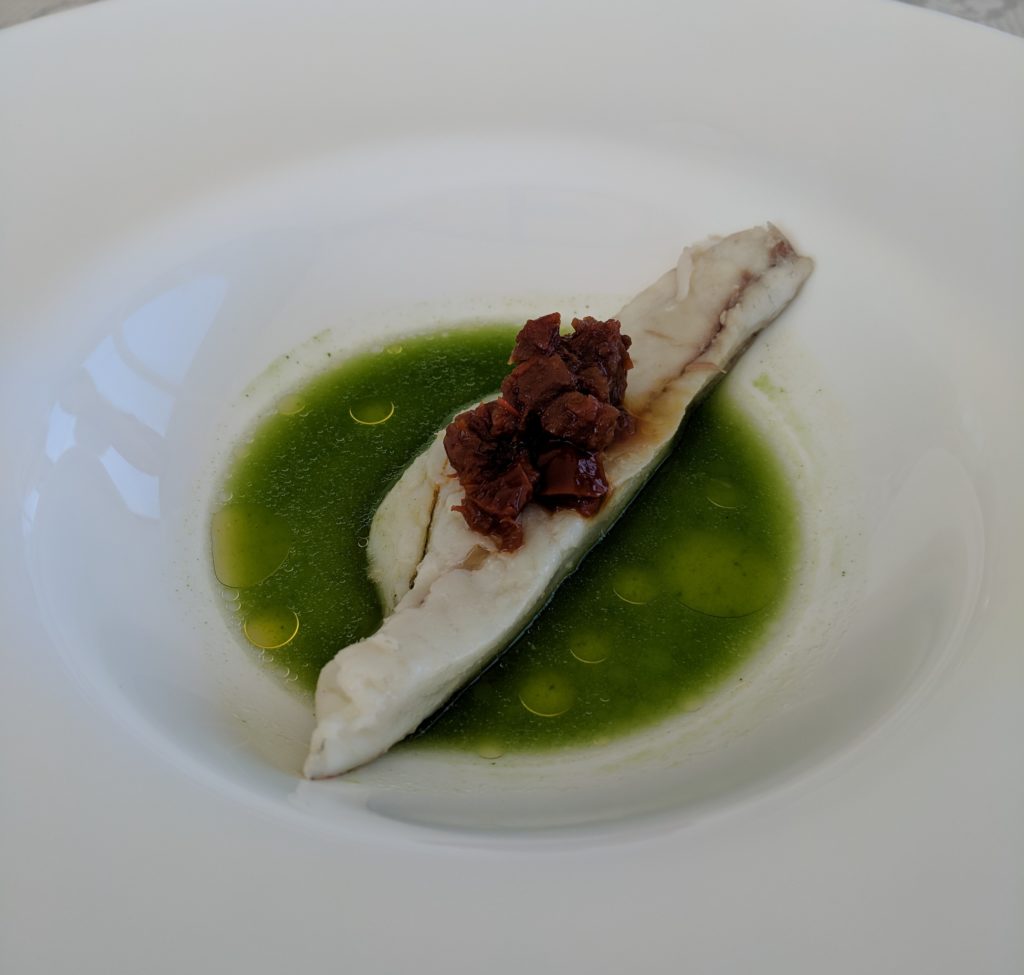
For dinner we were served broccoli soup accompanied by the sausage and pepper rolls followed by lasagna with lamb ragu.
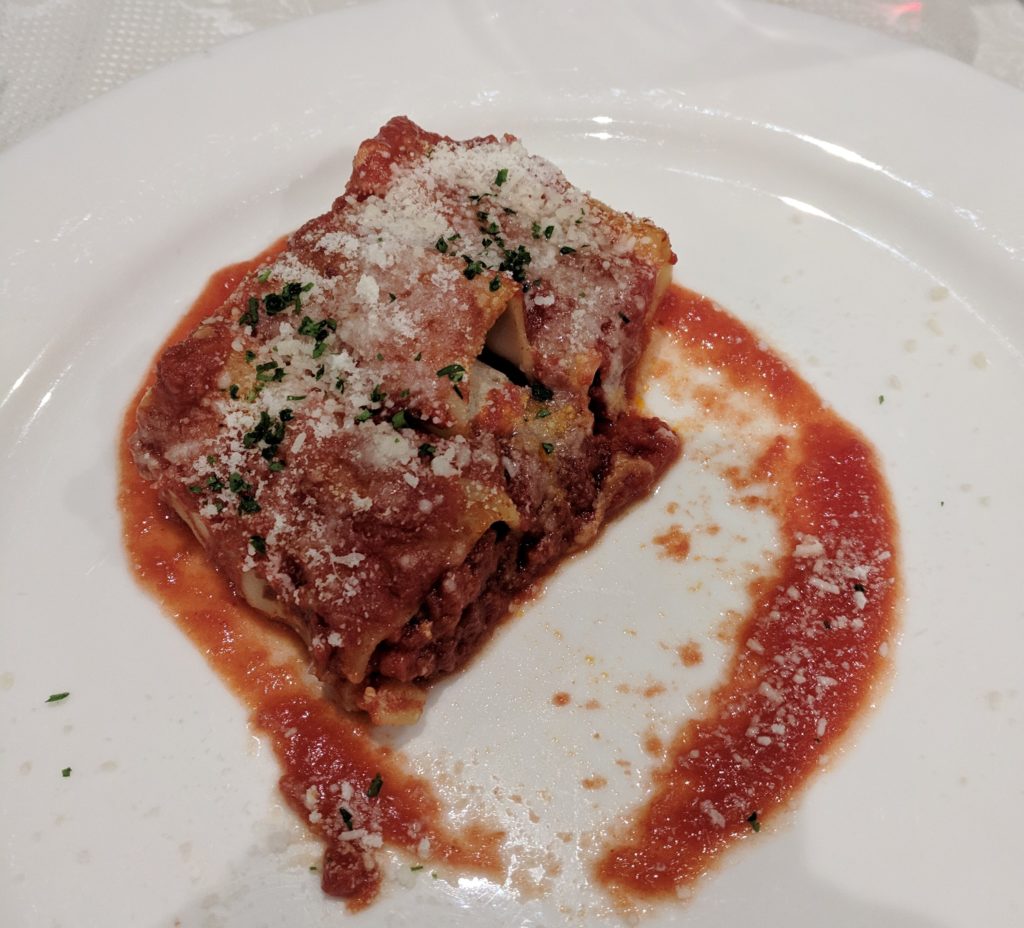

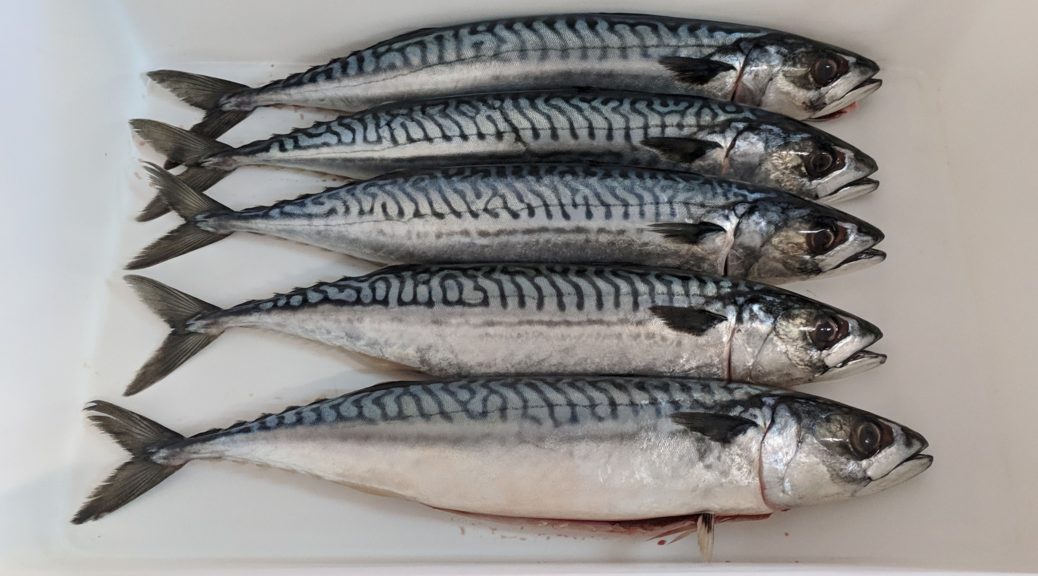
Holy mole!!!! What a ton of work & precision….
Yep, things get weighed out to the gram!
Please tell me there will NOT be a test on all these food items when you return home! I will never remember even half the names you’ve given/described! hahaha. Glad you are enjoying it all. Have you had to buy a larger size pants yet? :-))
So far the elastic on my chef’s pants has been accommodating but I’m reaching the limit on my jeans! The only test will be to see how much you can eat.
Dear Gary,
This is the first epistle from Italy that I have had the pleasure of reading! It was thoroughly informative and enjoyable.
Your enthusiasm for what you have taken on is contagious
Not that I will ever make truffle bread but all of the creations look wonderful.
Will make a point to reach out to Frank & Loui’s sends his love💐💐👏👏👏😎
Thanks! I’m really enjoying this. I have a long list of equipment that I need to buy. More toys!!!
So fun to read! Thanks for letting us follow this with you. What a pleasure.
I’m so glad you’re enjoying it. I hope it continues to amuse you.
As busy as you are, you take time to include all of us in this amazing experience. As much as you talk about all you’re eating, your schedule and your commitment to communicate with us may balance out any weight gain. Miss you.
I can only hope that SOMETHING will balance out–or counteract–the weight gain. Keep the ideas coming!
Wow! I can’t believe how much you eat and how much you cook and how you find the time to write all these wonderful updates and send these beautiful pictures. I want to see you in more pictures! Give your camera to someone else. Hope it’s always great as it sounds. Love You.
There will be at least one picture of me in the upcoming post. It really IS as great as it sounds.
This post settle it. I am opening a Betty Watchers clinic across the street from the school.
“Across the street” is a relative concept. It will need to be “down the hill” and across the street. I suggest the seaside town of Pietragrande at the bottom. Getting from Pietragrande to the school is like walking from Cerros Colorados to Villa Sentieri. That might be an exercise challenge for the “Watchers” contingent of BettyWatchers.